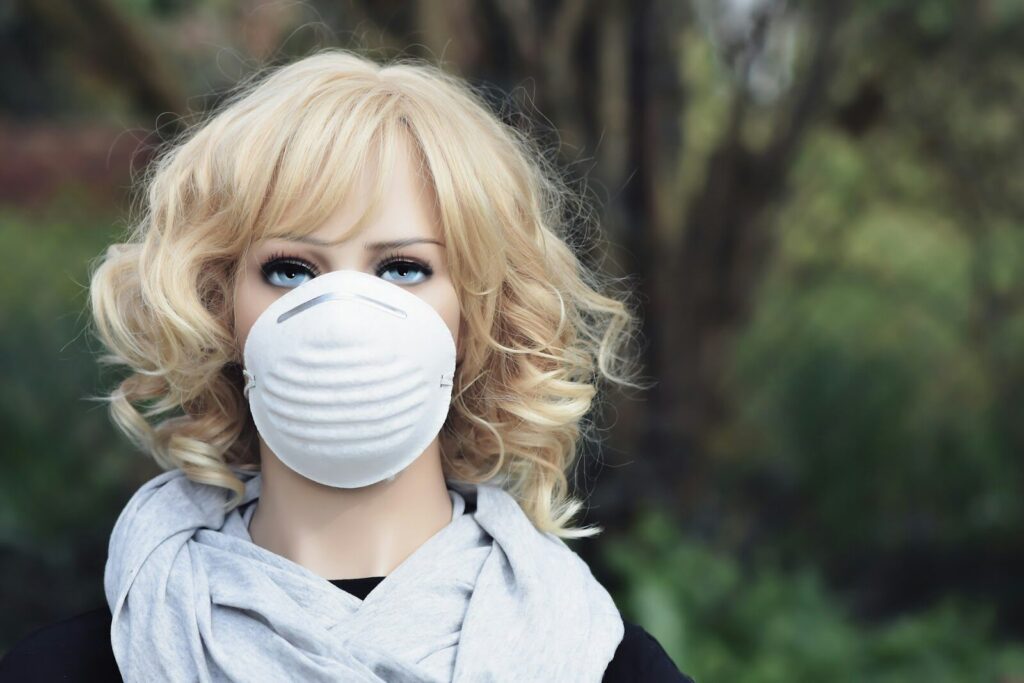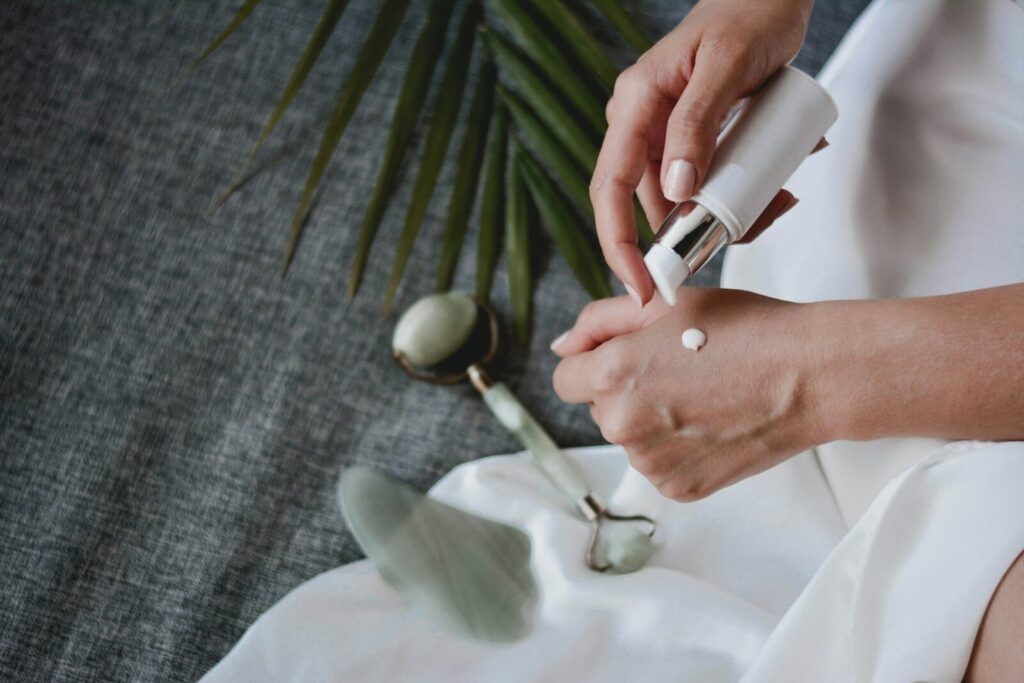
Body + Mind is reader-supported. We may earn an affiliate commission when you buy through some of the links on our site.
When buying cosmetics online, it’s easy to assume that they’re safe to use on the skin since they’ve been released onto the market. However, the truth is that many can actually contain components harmful to your health. Discover what toxic ingredients are in beauty products and what you should do about them.
Beauty products mainly promise to improve your appearance and enhance your self-esteem, but this can often come at quite a cost. A study found that around 88 chemicals in over 73,000 cosmetics contain toxins that cause headaches, dizziness, skin irritations, allergic reactions, and more.
These often synthetic chemicals are utilized in products often for their preservative properties, as well as how they can complete chemical mixtures to improve their effectiveness. However, it’s important for manufacturers to recognize the value of human health in the long run.
There are calls for more thorough safety assessments and ethical ingredient sourcing. Governments and regulatory bodies are also encouraged to refine regulatory measures for these products, especially with the rise of cosmetics and personal care product use.

Make a habit of looking at the ingredients list of your beauty products and check for any toxic ones that you have to be wary of. Here are a couple of examples to steer clear of:
Parabens are a common preservative in makeup products. They also tend to be on shampoos and other personal care products. While they may be effective in improving the longevity of these items, they can negatively impact hormones and increase breast cancer risk.
Parabens also harm the environment, as they can kill coral, which is already endangered. These ingredients can easily sneak into the water when you’re washing off your cosmetics or other beauty products.
Formaldehyde is a recognizable product that’s used mainly in household cleaning products. Cosmetic manufacturers have also been experimenting with it as a disinfectant. Unfortunately, it is a recognized carcinogen to steer clear of.
Numerous forms of formaldehyde, from paraformaldehyde to methylene glycol, could be hiding in cosmetics. People sensitive to this chemical type can experience watery eyes, burning sensations, and coughing.
Skin-lightening products have become a popular genre of beauty products due to societal expectations that they make the skin appear lighter. Mercury is often a key ingredient in these, but be wary about it since it can cause discoloration to a degree.
There are also cases where mercury can cause scarring and rashes on the skin. In addition to that, it has been associated with damaging the nervous, digestive and immune systems of a person. The concept of lightening skin can also be detrimental to one’s mental health.
Wonder how your eyeshadows or blushes get so shimmery and pearlescent? Mineral mica is a silicate mineral that helps manufacturers achieve that effect. In fact, it is in 63% of cosmetic products according to a chemical study.
Unfortunately, it is one of many ingredients classified as high-hazard. It can contain traces of other relatively harmful minerals. The operations behind obtaining mica are also dangerous, causing lung diseases for its workers.
Synthetic fragrances are slowly being exposed as a harmful ingredient in beauty products and other items on the market. It can contain volatile organic compounds, which can cause ozone pollution and harm the environment.
In terms of human health, certain fragrance chemicals can disrupt the hormone and reproductive system. A specific one called styrene is linked to cancer. There’s a lack of regulations, especially when they’re used in cosmetics, so consumers need to be vigilant.

Toxic ingredients in beauty products can be rather persistent, especially when you start reviewing what’s in your routine. Here are a couple of ways you can get around this while maintaining your personal care habits.
The best way to avoid the adverse effects of these toxic ingredients is to limit your exposure to these labels. The ingredients list is an excellent point of reference, but you can also use online databases such as EWG’s Skin Deep. These give a hazard score to each ingredient, as well as to the overall product.
Instead of settling for products with toxic ingredients, look for an existing alternative. Here are some cleaner and sustainable options that can serve as green flags on your beauty items:
Using numerous beauty products can increase your chances of encountering options that contain toxic ingredients. Consider being more minimalist with your routine and sticking with what works for your skin. Ideally, you can look for multipurpose products that contain natural ingredients so that you can perform multiple steps without worry.
Buying your beauty products off the market can save you time and effort, but there’s some novelty in making your own items from scratch. Plus, you can ensure that they’re toxin-free. For example, you can create lipstick from beeswax, shea butter and coconut oil. Adjust the hue with natural colorants like beet root or cocoa powder.
Whether your beauty products contain toxic or natural ingredients, it’s still important to let your skin breathe. Going a couple of hours without anything on it can help your skin cells repair themselves. If you do have to go out, consider a minimal application.
Toxic ingredients in beauty products can be worrying, especially if you have more sensitive skin. It’s critical to be careful with what you put into your cart and onto your face. Use sustainable and cleaner alternatives to achieve the look you want without sacrificing your health.
Chloe Powell is the Senior Editor at Revivalist Magazine, where she covers topics across the women’s lifestyle space. As a beauty and wellness enthusiast, she enjoys sharing honest insights and inspiration to help readers feel their best inside and out
Your email address will only be used to send you our newsletter, and at any time you may unsubscribe. For more information, see our Privacy Policy.